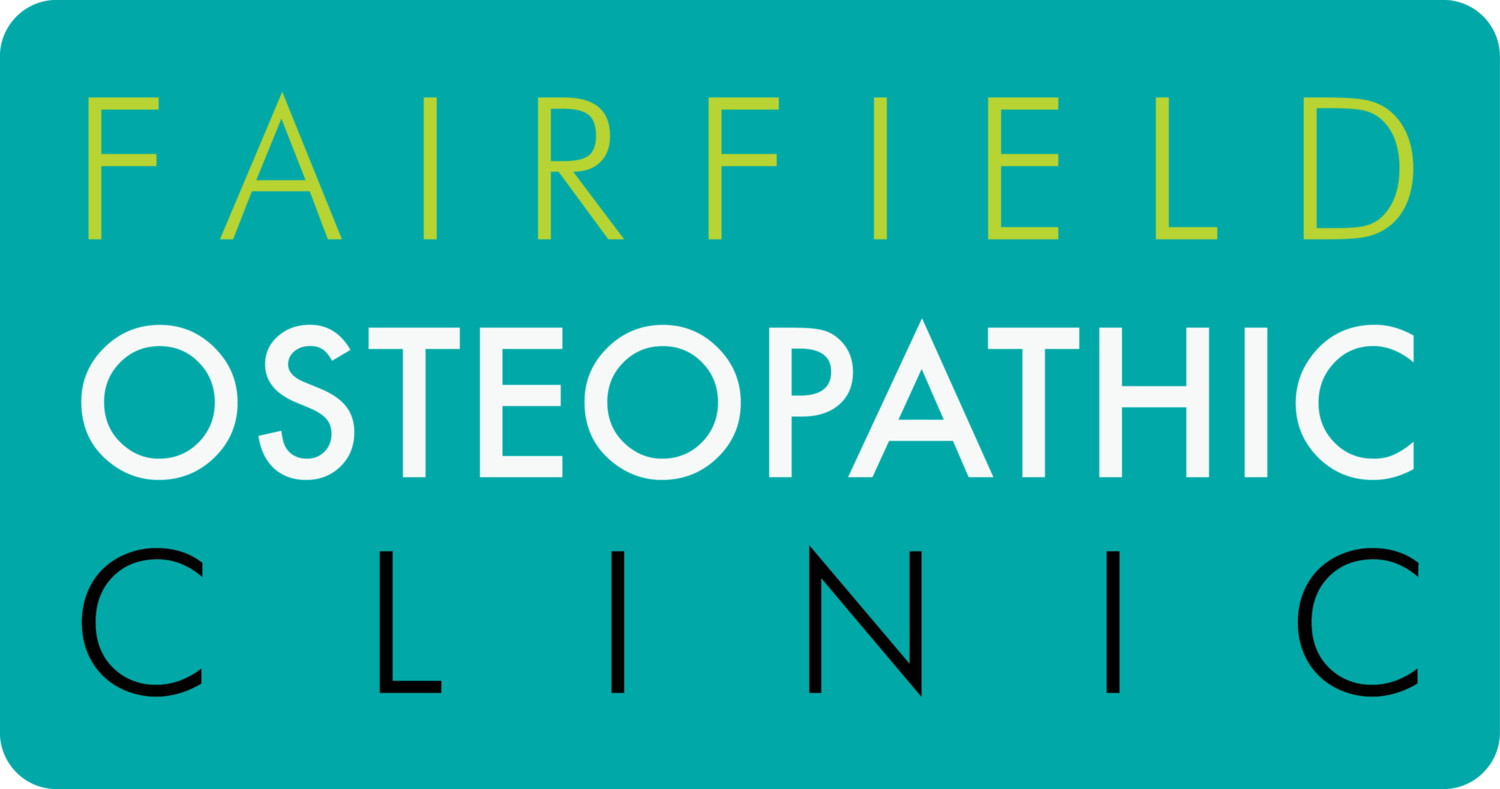Oh my aching back! I must be turning 40.
What is it about getting close to 40 years of age? What was once a simple physical task with zero repercussions can quickly become a serious impediment to general movement for days (sometimes weeks and months) afterwards.
Elastics! You remember - “England, Ireland, Scotland, Wales - Inside, Outside, Inside, On!” Who knew this simple childhood activity could be fraught with danger for the nearly middle-aged. Earlier this year, on the rickety floorboards of our little house in Northcote, I decided to demonstrate to my children the art of elastics, only to find myself nursing a particularly sore low back, bum and leg once the demonstration had concluded. No, I didn’t trip on my ego, or anything 38-year old dad like that. I was just very sore afterwards. The muscles in my lower back and left bum cheek had well and truly gone into spasm. By the way, the Germans have a good phrase for acute low back pain - Hexenshuss (1). This literally means “shot by the witch”. I know I didn’t send my daughter to school at Hogwarts, so I safely ruled out the witch angle. The kids were actually impressed with my Quidditch like agility, until they saw me wince with pain.
The result of my brief foray into an innocent childhood activity resulted in three months of sciatica, or to use the correct terminology radicular pain, associated with inflammation or irritation of one of the nerve roots in my low back. I don’t have X-ray vision but I was pretty sure I had herniated one of my discs. While it definitely got me down, I sucked it up and chose to use this as a learning experience about my body and it’s ability to heal.
Acute low back pain with or without pain that heads into the bum or down the leg (radicular pain) is actually very common. Research dating to 1995 showed that low back pain was the 5th most common cause of visiting a GP (2). These numbers have only increased in the last decade. Most of you out there would think that having a disc herniation must mean bad things for the future? But some recent research debunks this entirely. Not only do you not need to have a disc herniation to experience sciatica, but results show that patients who DO have a disc herniation recover just as well from low back pain and sciatica as those who DO NOT have a disc herniation (3). WOAH!
Lets return to why this happened and what I did about it.
The why is actually not that clear. Doing an activity like elastics when you are 95kg as opposed to 22kg might have a lot to do with it. Aside from weight being a factor, we know from research that age does not necessarily predispose anyone to this happening. What we also know is that the more active, fit and conditioned an individual is when they tackle a physical task there is a decrease in likelihood of physical injury from performing that task. (4)
Well after three months I was back to my old self. The low back pain and sciatic symptoms improved with some osteopathic treatment, but mostly I took an active care approach involving graded exercise and pretty soon I was back to running the streets of Northcote with no pain at all.
I’ve found I do have to be a bit careful when doing something out of the ordinary but why that happens belongs in a totally other BLOG post.
Obviously not all back pain cases are created equal. For instance, when movement continually elicits pain then you might need to check in with your osteopath. It may be a more complicated clinical matter that needs addressing. But don’t worry in most case we can get you back on track and jumping elastics before you can say - Oh My Hexenshuss!
(1) Thanks Paul Ingraham for this little gem - saveyourself.ca
(2) Physician office visits for low back pain. Frequency, clinical evaluation, and treatment patterns from a U.S. national survey. Hart LG, Deyo RA, Cherkin DC. Spine (Phila Pa 1976). 1995 Jan 1;20(1):11-9.
(3) Magnetic resonance imaging in follow up assessment of sciatica. el Barzouhi A, Vleggeert-Lankamp CL, Lycklama à Nijeholt GJ, Van der Kallen BF, van den Hout WB, Jacobs WC, Koes BW, Peul WC; Leiden-The Hague Spine Intervention Prognostic Study Group. N Engl J Med. 2013 Mar 14;368(11):999-1007
(4) http://www.sciencedaily.com/releases/2009/02/090220090750.htm
